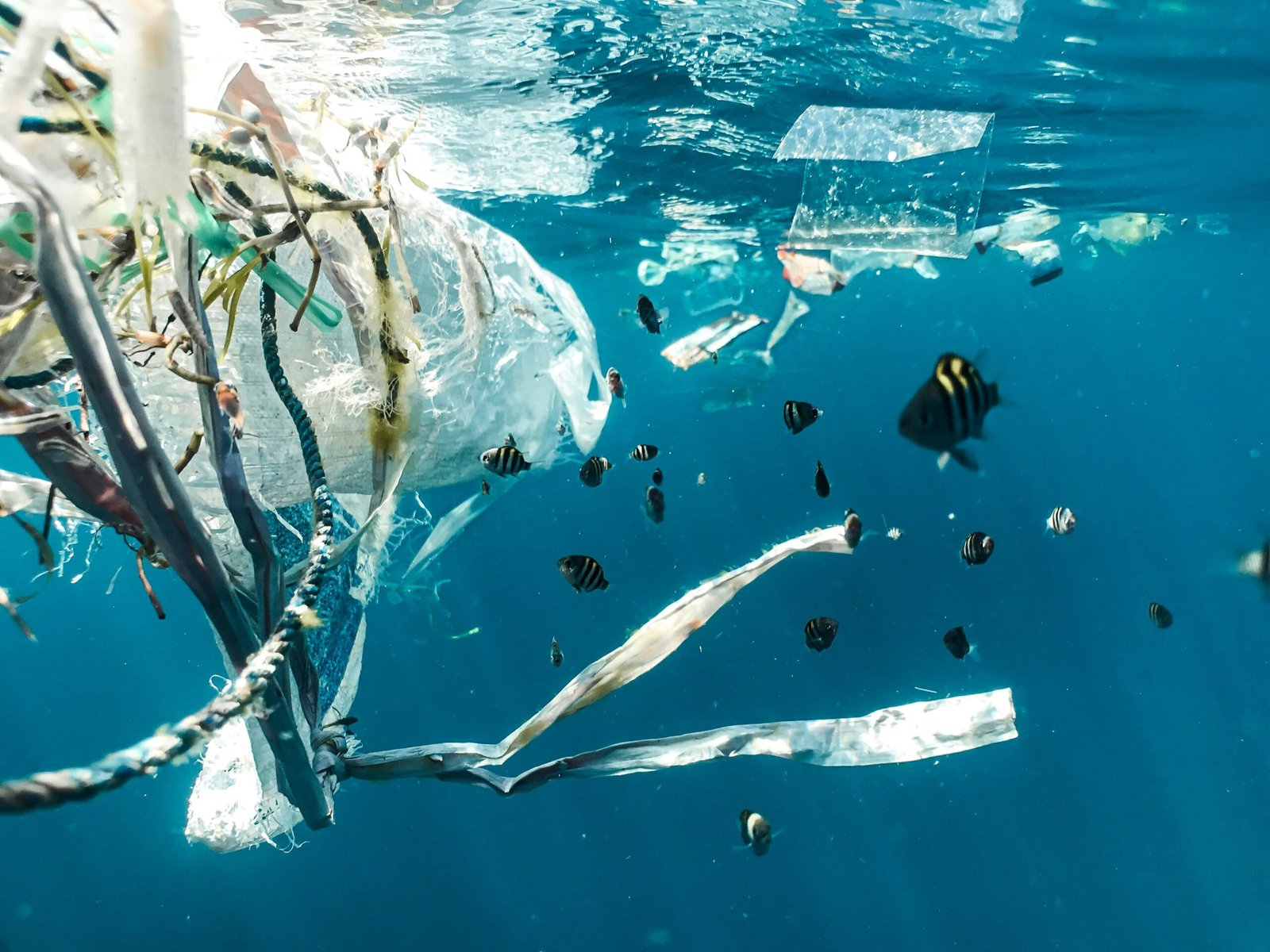The Journey of Plastic: From Production to Usage
The lifecycle of plastic begins with the extraction of raw materials, predominantly crude oil and natural gas. These fossil fuels contain hydrocarbons, which are essential for producing the various polymers that constitute plastic. The extraction process is energy-intensive, contributing to significant environmental impacts, but it is a necessary step to feed the global demand for countless plastic products. Once harvested, these hydrocarbons undergo several transformation processes in refineries and chemical plants to produce monomers, the building blocks of plastics.
During the manufacturing phase, monomers are polymerized to create polymers, which can then be formed into a wide array of plastic products. This process involves various methodologies, including extrusion, injection molding, and blow molding. Each technique has unique applications and energy demands, with extrusion often employed for producing sheets and plastic films, while injection molding is ideal for intricate designs. The energy consumption during these processes can vary greatly, influencing both the economic viability and ecological footprint of plastic production.
Plastics find utilization across diverse industries due to their lightweight nature, durability, and versatility. They are ubiquitous in consumer goods, packaging, automotive parts, and medical devices. This adaptability has led to their widespread acceptance, driven by consumer needs for convenience and manufacturers’ preferences for cost-effective materials. Additionally, corporations pursue strategies that incorporate plastics as these materials often enhance product performance and extend shelf life, thereby making them immensely popular.
Despite this extensive production and usage cycle, the environmental costs remain a critical concern. The proliferation of plastic products has prompted discussions on sustainability and waste management, spurring innovation in recycling and alternative materials. This complex interplay between demand, production, and environmental impact underscores the significance of understanding the lifecycle of plastic items in today’s world.
Lifecycle Management: The End of Plastic Use and Environmental Repercussions
The management of plastic waste is a critical component of the lifecycle of plastic items, particularly as these products reach the end of their useful life. After consuming plastic products, the disposal methods employed can significantly influence environmental outcomes. The primary methods available for managing plastic waste include recycling, incineration, and landfilling. Each of these approaches presents unique advantages and challenges in mitigating the long-term impact of plastic waste.
Recycling stands out as an essential practice in reducing plastic waste, converting discarded materials into reusable feedstock. However, the effectiveness of recycling is hindered by various factors, including contamination and insufficient consumer participation. Current global recycling rates remain low, with substantial amounts of plastic waste failing to enter the recycling stream due to logistical and infrastructural limitations. Consequently, landfilling and incineration become the more prevalent disposal methods, each contributing their own set of environmental repercussions.
Landfilling, while effective in containing waste, is not a sustainable solution for plastics, as it leads to long-term leaching and greenhouse gas emissions. On the other hand, incineration can reduce waste volume and generate energy; however, it often releases harmful pollutants into the atmosphere, presenting health risks to nearby communities and ecosystems.
Improper disposal of plastic items exacerbates these concerns, resulting in widespread pollution and significant harm to wildlife. Marine life, in particular, suffers from plastic ingestion and entanglement, leading to severe ecological consequences. Technological innovations, such as advanced recycling techniques and biodegradable alternatives, have emerged to address these issues. Additionally, consumer behavior plays a vital role in promoting sustainable practices, such as reducing single-use plastics and supporting effective waste management systems. Ultimately, a collective effort from all stakeholders, including manufacturers, policymakers, and consumers, is essential to mitigate the environmental impact of plastic waste and foster a more sustainable future.









Add comment